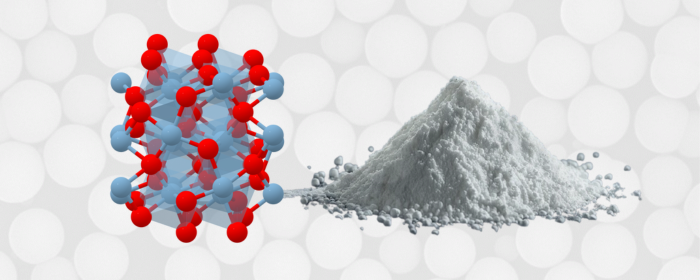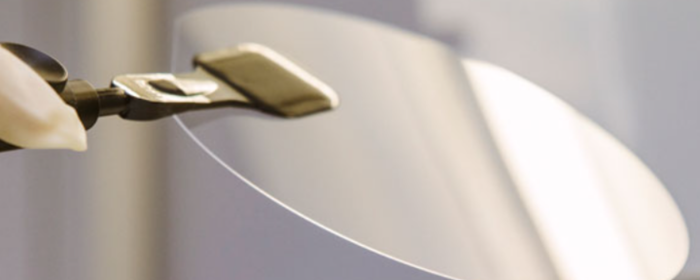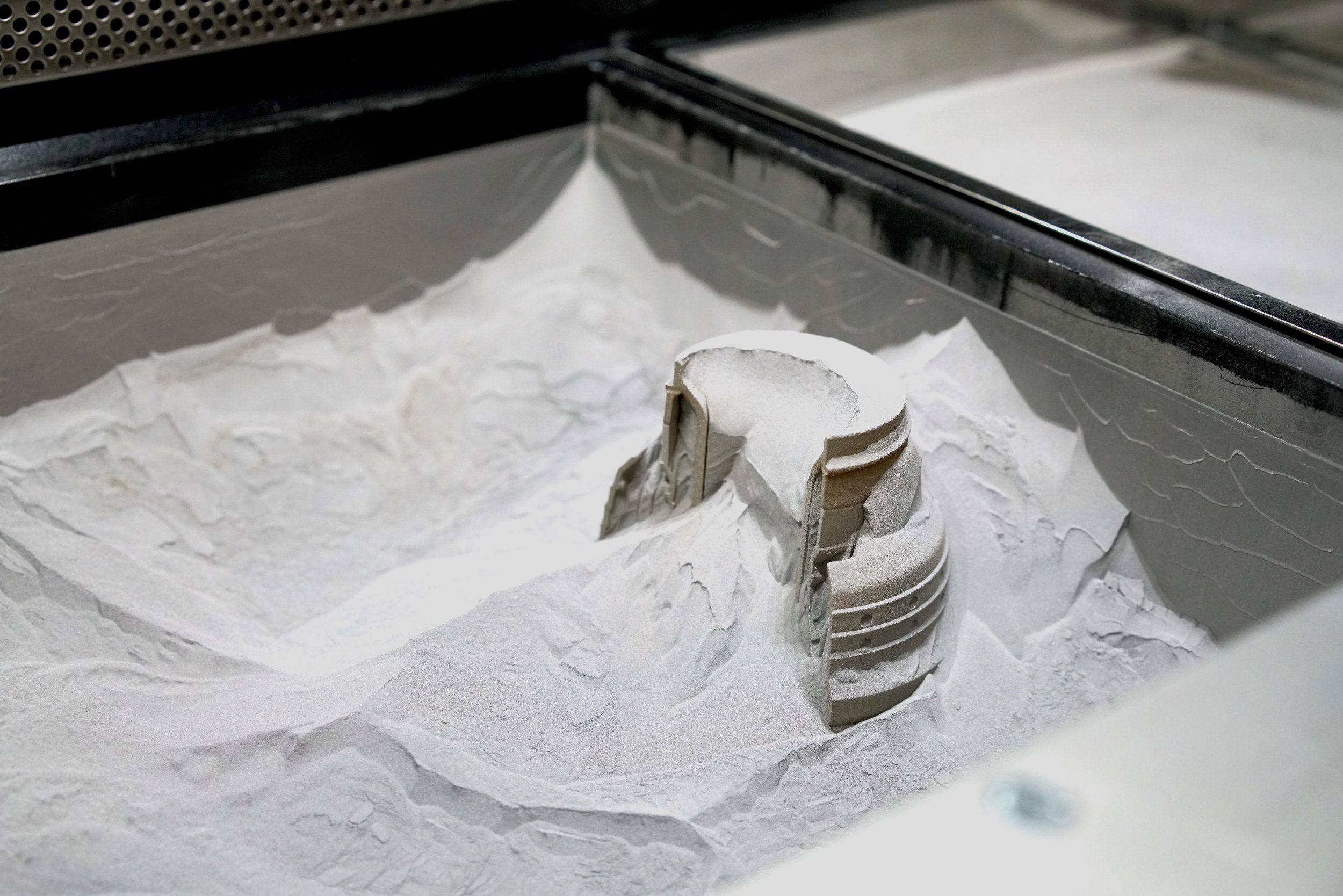

In the rapidly evolving world of manufacturing, the integration of Metal Injection Molding (MIM) powders with 3D printing technology represents a significant leap forward. This combination promises to revolutionize how we approach customized manufacturing solutions, offering unparalleled precision, efficiency, and flexibility. As industries strive for innovation, understanding the synergy between MIM powders and 3D printing is crucial for leveraging their potential to the fullest.

Metal Injection Molding is a process that combines the flexibility of plastic injection molding with the strength and integrity of metal. It involves mixing metal powders with a binder material to create a "feedstock" that can be molded into complex shapes. After molding, the parts undergo a debinding process followed by sintering, which fuses the metal particles into a dense and strong final product.
3D printing, or additive manufacturing, builds objects layer by layer from a digital model. It offers exceptional design flexibility and can produce parts with complex geometries that are difficult or impossible to achieve through traditional manufacturing methods.
Stainless Steel: Stainless steel powders are widely used for their corrosion resistance, strength, and durability. They are suitable for automotive, medical, and consumer goods applications.
Titanium: Known for its high strength-to-weight ratio and excellent corrosion resistance, titanium powder is often used in aerospace, medical implants, and high-performance automotive parts.
Nickel Alloys: Nickel alloys are chosen for their high-temperature strength and corrosion resistance, making them ideal for aerospace components and energy sector applications.
Cobalt Alloys: Cobalt alloys, such as cobalt-chrome, offer high wear resistance and strength at high temperatures, often used in dental and medical implants, as well as in aerospace.
Tungsten: Tungsten powders are utilized for their high density and hardness, making them perfect for military, aerospace, and industrial applications requiring heavy alloys or wear-resistant components.
Titanium Powders: Especially popular in aerospace and medical industries for 3D printing, due to their lightweight and strong properties, as well as biocompatibility for medical implants.
Aluminum Alloys: Aluminum powders are used for their light weight and good thermal properties, ideal for automotive parts, consumer goods, and aerospace components.
Stainless Steel: Similar to MIM, stainless steel is also extensively used in 3D printing for creating durable and corrosion-resistant parts.
Nickel-based Super Alloys: These alloys are essential for parts that must withstand extreme environments, such as jet engine components and parts for the oil and gas industries.
Precious Metals: Gold, silver, and platinum powders are used in 3D printing for jewelry, electronics, and bespoke luxury items.
Ceramic Powders: While not a metal, ceramic powders are used in 3D printing for applications requiring high temperature resistance, hardness, and electrical insulation, such as aerospace and medical devices.
Composite Materials: Composite powders, mixing metal with other materials like carbon fiber, are used to create parts with tailored properties, such as enhanced strength or reduced weight.
The integration of MIM powders into 3D printing technology opens new doors for customized manufacturing. This combination allows for the creation of parts with the complex geometries of 3D printing and the material properties of MIM, such as high density and strength. The result is a manufacturing solution that can be tailored to specific application requirements, from aerospace components to medical devices.
Enhanced Material Properties: MIM powders are engineered to achieve specific material characteristics, such as magnetic properties or corrosion resistance. Combining these powders with 3D printing technologies allows manufacturers to create parts with targeted material properties for specific applications.
Complex Geometries: The layer-by-layer nature of 3D printing, combined with the versatility of MIM powders, enables the production of parts with complex internal structures that would be challenging or impossible to create using traditional manufacturing methods.
Efficiency and Speed: This approach reduces the need for tooling and machining, significantly speeding up the production process. It's particularly advantageous for short runs and prototypes, where the cost and time investment of traditional tooling can be prohibitive.
Cost-Effectiveness: For small to medium-sized production runs, the combination of MIM powders with 3D printing can be more cost-effective than conventional manufacturing methods. It reduces waste and energy consumption, contributing to a more sustainable manufacturing process.
The versatility of combining MIM powders with 3D printing technology has applications across various industries:
As the technology matures, we can expect to see further integration of MIM powders with 3D printing across more industries. The development of new materials and printing techniques will expand the range of applications, further enhancing the ability to produce customized, high-performance parts efficiently.
In conclusion, the pairing of MIM powder with 3D printing is not just a testament to the innovation occurring within the manufacturing sector but a clear indicator of the future direction of production. It underscores a shift towards more sustainable, efficient, and highly customized manufacturing solutions that are set to redefine what is possible across industries. As we continue to explore the capabilities of these technologies, the potential for innovation appears boundless, heralding a new era of manufacturing that is both versatile and adaptable.












